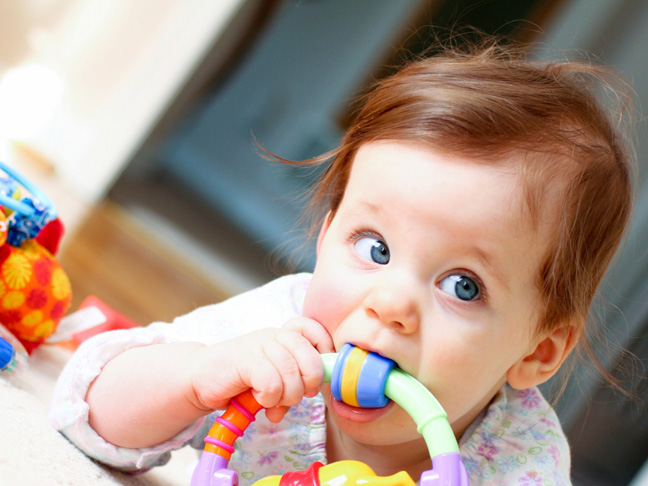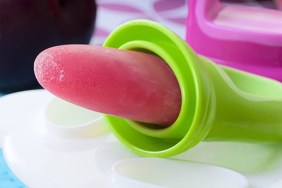Teething symptoms weren’t something I had to deal with for nearly a year after my twin boys were born. They didn’t get their first teeth until they were about 11-months-old. Nevertheless, I still spent the first year of their lives blaming every rough night, every crying fit on teething. I imagined signs of teething in every low grade fever and runny nose. “Oh, those are teething symptoms,” I’d…








